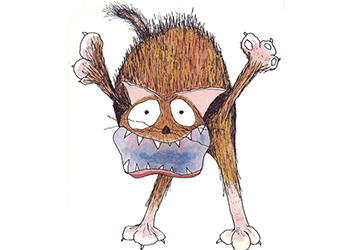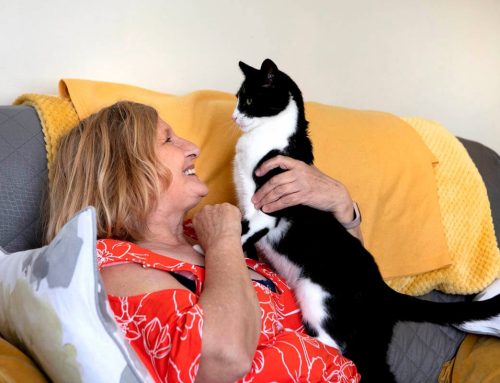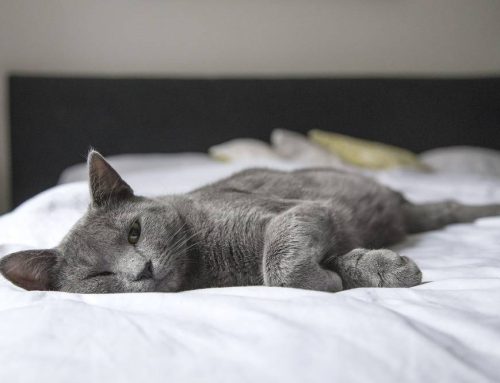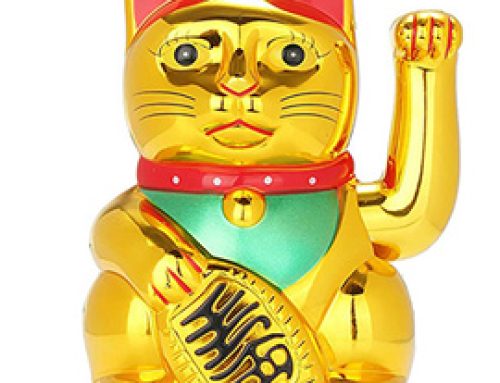When you think about it, a behaviour change is the first thing that gives you a clue that all is not
well with your feline friend. Limping, not eating, fussier, quieter or becoming clingier or more distant.
All these are behavioural signs, and your cat uses them to indicate what or where the problem is.
Sometimes there is an obvious swelling or painful area. Or there is a change in urine, faeces or vomiting.
However, cats most often indicate a problem by doing something different to usual. That is, by
unusual behaviour.
We have changed cats’ environments
substantially over the last 5,000 years
since they domesticated us, and they
have adapted by changing a great
deal of their instinctive behaviour.
Wild cats avoid humans, totally,
and the true wild cats (Felis sylvestris
sylvestris) cannot be tamed just
by raising them in a human household.
Our moggies have self-selected over the
generations to tolerate, and now even
seek out, human company. However, when
something goes wrong for a cat, its ‘default
emotion’ is fear. And if you fear something
that might happen (ie a future event), that is the
definition of anxiety. Cats are smart enough to
need anti-depressants (I prefer to call it anti-anxiety
medication) so it is not surprising to find that in
this relatively feline-unfriendly world in which cats
find themselves (no mice, no desert sand, too
many cats and way too much noise) that many
get stressed and anxious. And their behaviour
changes.
One of the most noticeable changes is when a cat ‘internalises’ its
fears and ends up with cystitis. I call it the feline migraine. Felines
are a very conservative species – they conserve water well (make
very strong urine), conserve energy (that is why they sleep – they
are not just being bone idle! And why it is so hard to get them
to lose weight!) and use their elimination products for a second
purpose – communication. Many of you have experienced the
fact that they use urine (and sometimes faeces) for messaging.
You could even call it pee-mail!
Cats use pheromones and fatty acids in their urine to give other
cats information, mainly about their time of arrival or departure,
and sexual status. Cat urine actually DOES SMELL WORSE the
longer it is outside of the cat – the amino acids breakdown to
make the urine smellier (and the fatty acids make it very sticky) at
a constant rate. This then acts as a time marker and the message
is usually ‘I was here at 4pm today and I don’t want to meet
another cat here tomorrow’. This is very effective where there are
few cats in a large area like a desert. However, in the crowded
urban environment, it may prevent another cat from peeing at
their appointed time and location.
Cats are creatures of habit, and to disrupt
that routine is very stressful – so a cat’s
bladder may go into spasm, sometimes
badly enough to rupture small
blood vessels and bleed into the urine
making it red. For the cat, this is a bit like
the ‘stress headaches’ we humans suffer when
we get fraught and overwrought. The stress can
also prevent the bladder from filling, so the cat is
going to urinate more frequently and in different
places, desperately looking for somewhere that
it finds comfortable to relieve itself. After all, to a
cat’s mind, urine cannot itself hurt, so it must be
the place they are peeing that is causing the hurt.
Hence they look for another place to pee. This is
often the start of the difficult syndrome of a cat
‘peeing everywhere around the house’. If we pity
the cat rather than punish it we can help resolve
their problem and pain quickly and with less
mess for the owner. Try to remember –
peeing SOLVES a cat’s problem: there is no
moral issue or comment. Peeing IS the cat’s
coping mechanism. To solve the owner’s problem, however, we
are going to have to understand the problem from the cat’s point
of view and make some changes to the environment.
Other coping mechanisms for cats include hiding, running from
aggressors (especially cats), chasing other animals (humans, dogs
and other cats again), yowling for attention and hissing to prevent
unwanted attention. Remember, these are coping mechanisms. It
does not mean the cat is uncomfortable in its environment. The
underlying triggers for any of these behaviours are as varied as
the personalities of the cats and the environments their owners
put them in. But they are nearly all based in anxiety. If your cat
is showing stress by using any of these coping mechanisms, the
two things to remember are: it is unlikely that the cat will solve
the problem on its own so it will get worse, and the earlier the
intervention the more likely the treatment will resolve the problem.
Once the activity is a habit, it will take much longer and need
much more medication and behavioural intervention to resolve it.
Act fast and restore your kitty to emotional
equilibrium – talk to us now.
When you think about it, a behaviour change is the first thing that gives you a clue that all is not
well with your feline friend. Limping, not eating, fussier, quieter or becoming clingier or more distant.
All these are behavioural signs, and your cat uses them to indicate what or where the problem is.
Sometimes there is an obvious swelling or painful area. Or there is a change in urine, faeces or vomiting.
However, cats most often indicate a problem by doing something different to usual. That is, by
unusual behaviour.
Phone: 0400 756 331
Anxiety CATS’ bladders
and







